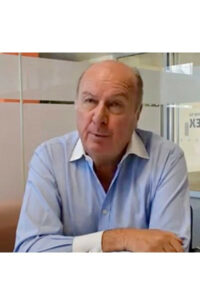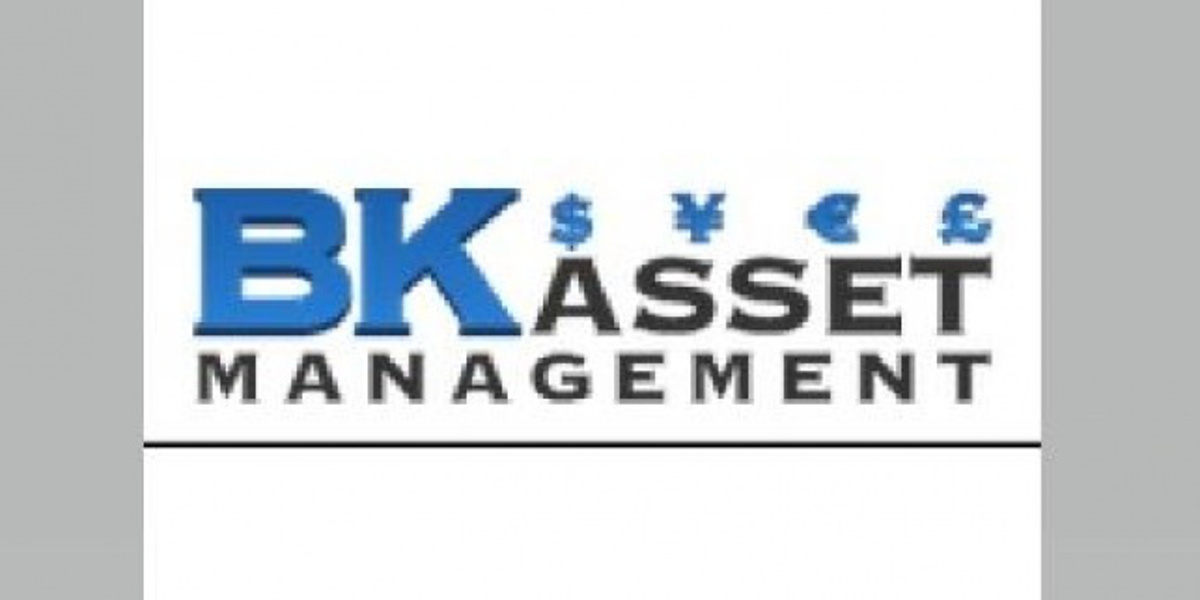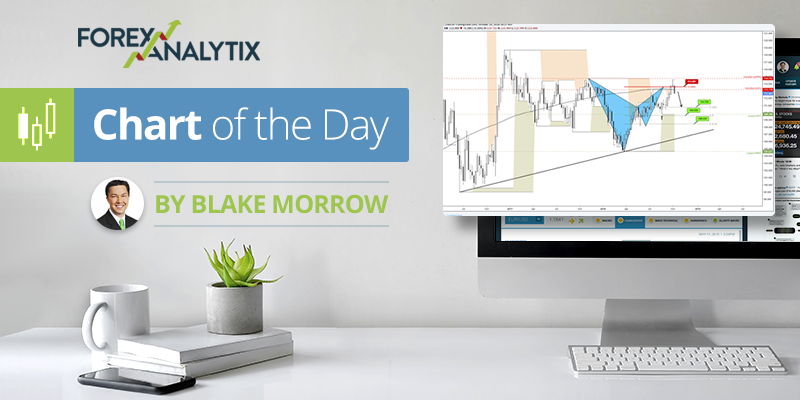The US Economy Looks for Another Circuit Before Landing

The US Economy Looks for Another Circuit Before Landing
Just as everyone, your scribe included, was packing up for the weekend on Friday lunchtime, having written their recaps of the week, the US Labor Department released a bolt from the blue, January’s employment figures. The markets had been expecting a dip in the numbers to reinforce their feeling that the US was heading into recession, but what was delivered was a growth figure roughly three times the consensus with upward revisions to the whole of last year’s data. To put the data into context, it reported an unemployment rate of 3.4%, the lowest since 1953! The jobs data was followed a little later by what can only be described as stellar growth in the ISM Services Index, which printed its biggest monthly gain since June 2020. Now one swallow doesn’t make a summer, but these data releases made the market sit up and reassess the economy and the Fed’s stance on interest rates. Many investors have taken the recent data as confirmation of the much-heralded soft landing of the US economy as the reason for the Fed to pivot and start easing policy as a shallow recession looms. After Friday’s figures, the economy looks like it has taken off for another circuit of prosperity before actually landing and, in doing so, is justifying Jerome Powell’s continued hawkishness.
In the run-up to Friday, the big three central banks delivered the expected interest rate rises. The Fed was the first to announce that it was moving rates upwards by 25bp, which had been written into the markets’ dollar pricing. What followed was a surprise as Jerome Powell seemed to be reasonably relaxed about the relatively easy financial conditions in the US and failed to push back hard on the prospect of rate cuts. Unsurprisingly the dollar sold off, particularly against the euro, ahead of what was anticipated to be an uber-hawkish European Central bank that had already telegraphed their move upward of 50bp. However, the dollar came roaring back on Friday afternoon after the employment data. As we have repeatedly been saying, don’t fight the Fed, and their policy of higher for longer now looks appropriate, and indeed, we could now see more rate rises than the predicted 25bp hike, lending further strength to the dollar
Last Thursday, the Bank of England and the European Central Bank announced their rate decisions. The first to do so was The Bank of England, which duly moved up by 50bp. After a somewhat surprisingly hawkish press conference, sterling looked initially to rally. However, the poor old pound needed little excuse to reverse its gains, and omitting the word “forcefully” from the minutes was enough to put a cap on any rally. Interestingly sterling got sold despite the Bank of England closing the interest rate differential with the US for the first time in this cycle of rising rates. Having failed to break above 1.2445, it feels that all the good news is in the market and with the UK’s growth prospects looking gloomy, we expect the pound to sink towards 1.2000 in the coming days. Also starting to weigh on the pound are the ongoing strike actions and worries that wage push inflation will support an already stubbornly high inflation rate. If you add the increasing political uncertainty here in the UK to the mix, it’s not a pretty picture, and it’s hard to see many reasons to support a move higher against either the dollar or the euro. Over the channel, in Frankfurt, all was going so well up until the ECB’s press conference, which was somewhat bizarre. Being kind, perhaps something was lost in translation as Christine Lagarde seemed to contradict herself. After initially saying that another move of 50bp was on the cards for March, she said that any move would be data-dependent. Confusion never appeals to traders, and understandably they looked for reverse gear and started to cover their short dollar positions.
There is little fresh data out in the US this week, but with Friday’s data still fresh in mind, that is possibly a good thing, as we wouldn’t want the market to get indigestion! Still, without doubt, ears will be kept tuned to speakers from the Federal Reserve, the most important of all being its Chairman Jerome Powell, who gives a keynote address to the Economic Club of Washington on Wednesday. After last Friday’s Non-Farm payrolls report printing, nearly three times the consensus, he can be reasonably expected to have a wry smile and continue to push back on the notion that the time is right for a Fed pivot. With this in mind, we should see a resurgent dollar continue where it left off on Friday, which at least should please the Fed as it will help dampen inflation. On this side of the pond, there is little in the way of data from Europe, and the main event on the continent is likely to be the Swedish Riksbank meeting on Thursday which should see new Governor Erik Thedeen raise rates by another 50bp. The UK looks relatively quiet apart from Thursday’s Treasury Select Committee hearing on the Monetary Policy Report, with Bailey, Pill, Tenreyro and Haskel making an appearance. Finally, Friday sees Gross Domestic Product released in the UK, which should show that we narrowly missed going into recession last quarter but are still flirting with one this quarter.
Have a great week!
20230206








